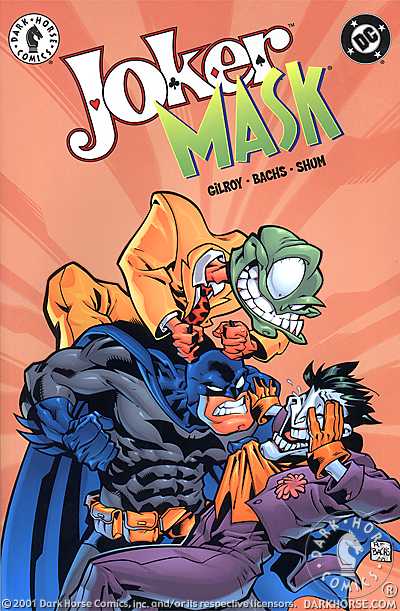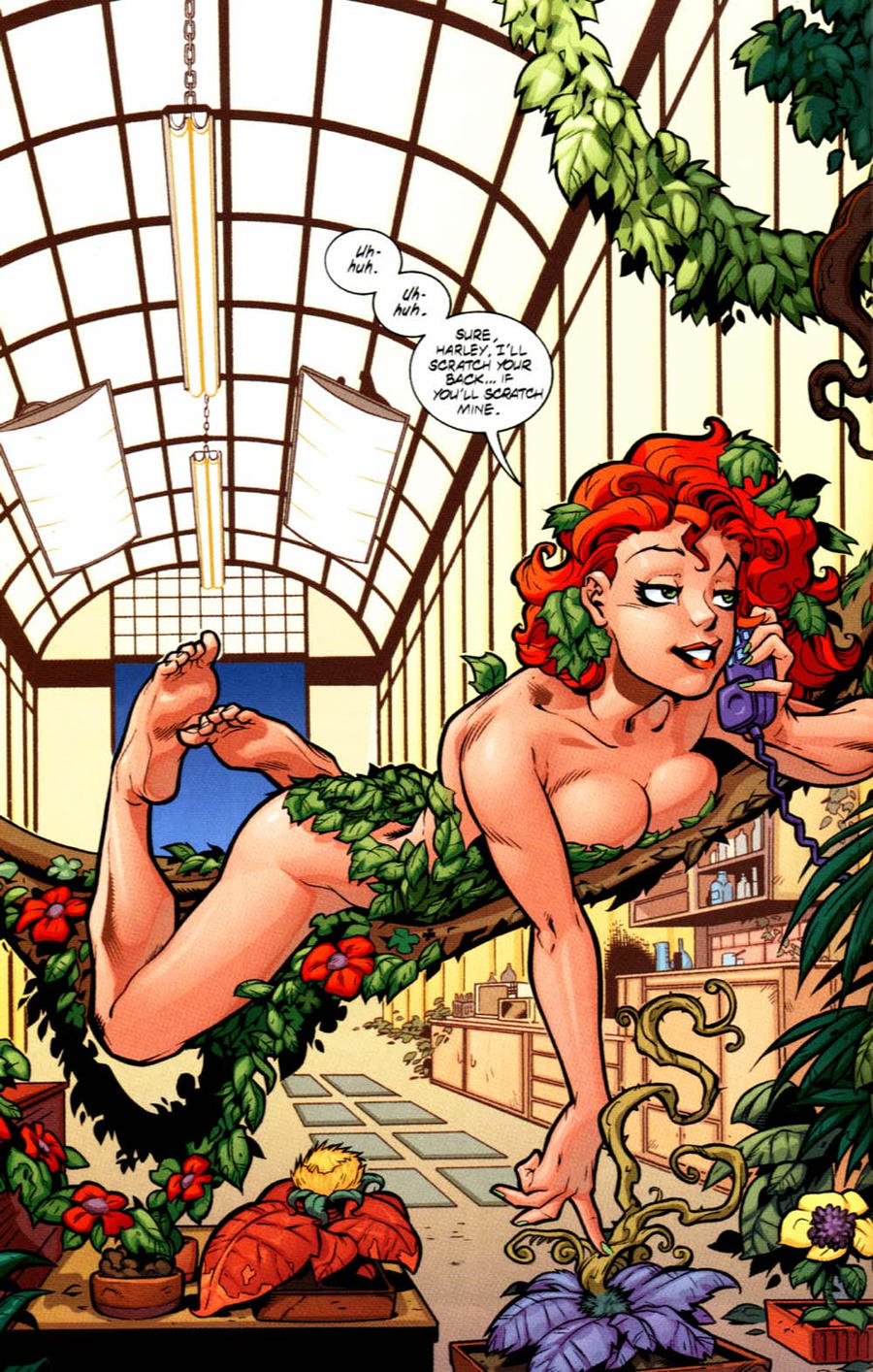“Wait! Where’s the SWAT team? I don’t see the SWAT team! I don’t even rate the SWAT team anymore.”
 Joker/Mask is the collection of a four issue series from DC and Dark Horse. The story was written by Henry Gilroy with art from Ramon F. Bachs and Howard M. Shum. I have not seen the work of any of these creators before but Gilroy is a co-writer on the Star Wars: Clone Wars TV series among other animation series credits. Bachs is a Spanish artist who has worked on a number of Star Wars comics as well as some titles for Marvel and DC. Shum is a writer on a number of titles as well as an artist.
Joker/Mask is the collection of a four issue series from DC and Dark Horse. The story was written by Henry Gilroy with art from Ramon F. Bachs and Howard M. Shum. I have not seen the work of any of these creators before but Gilroy is a co-writer on the Star Wars: Clone Wars TV series among other animation series credits. Bachs is a Spanish artist who has worked on a number of Star Wars comics as well as some titles for Marvel and DC. Shum is a writer on a number of titles as well as an artist.
The Joker decides to go to a museum and blow up an exhibition featuring frowning clown masks. However his day does not go well as the head henchman has sent the other henchmen to the wrong location and Harley Quinn has removed the detonators from all the explosives. But the henchman discovers a mask that gives the wearer a manic energy and superhuman powers. Wearing the mask, the Joker is able to beat Batman severely enough that he is out of action feared dead and the Joker is left free to pursue his insane agenda across Gotham while monopolising the television airwaves. Harley fears for the Joker and enlists Poison Ivy’s help to remove the mask from the Joker before he blows up Gotham for real.
This story features the Joker on maximum overdrive and overkill. Even Harley Quinn finds it hard to continue to love her Mister J and the Joker/Mask has to keep coming up with wilder and more extreme exploits to stop himself becoming bored with how easy committing crime is with super powers. While there is some really good comic moments in this book, the manic intensity of the Joker/Mask combination is sometimes too much for the reader as it is for the characters in the story. With the Joker/Mask as the main character throughout the book, the pressure to come up with gag after gag relentlessly is a perhaps a drag on the writing.
I liked the art from Bachs and Shum. It is very cartoony in style but fit in well with cartoon qualities of the Mask and the manifestation of his powers. There are even some lovely renderings of Poison Ivy as well.

A quick and cheerful read that won’t change your life but is worth a look if you can find it.





 Currently: Listening to Spiritualized ]
Currently: Listening to Spiritualized ]
